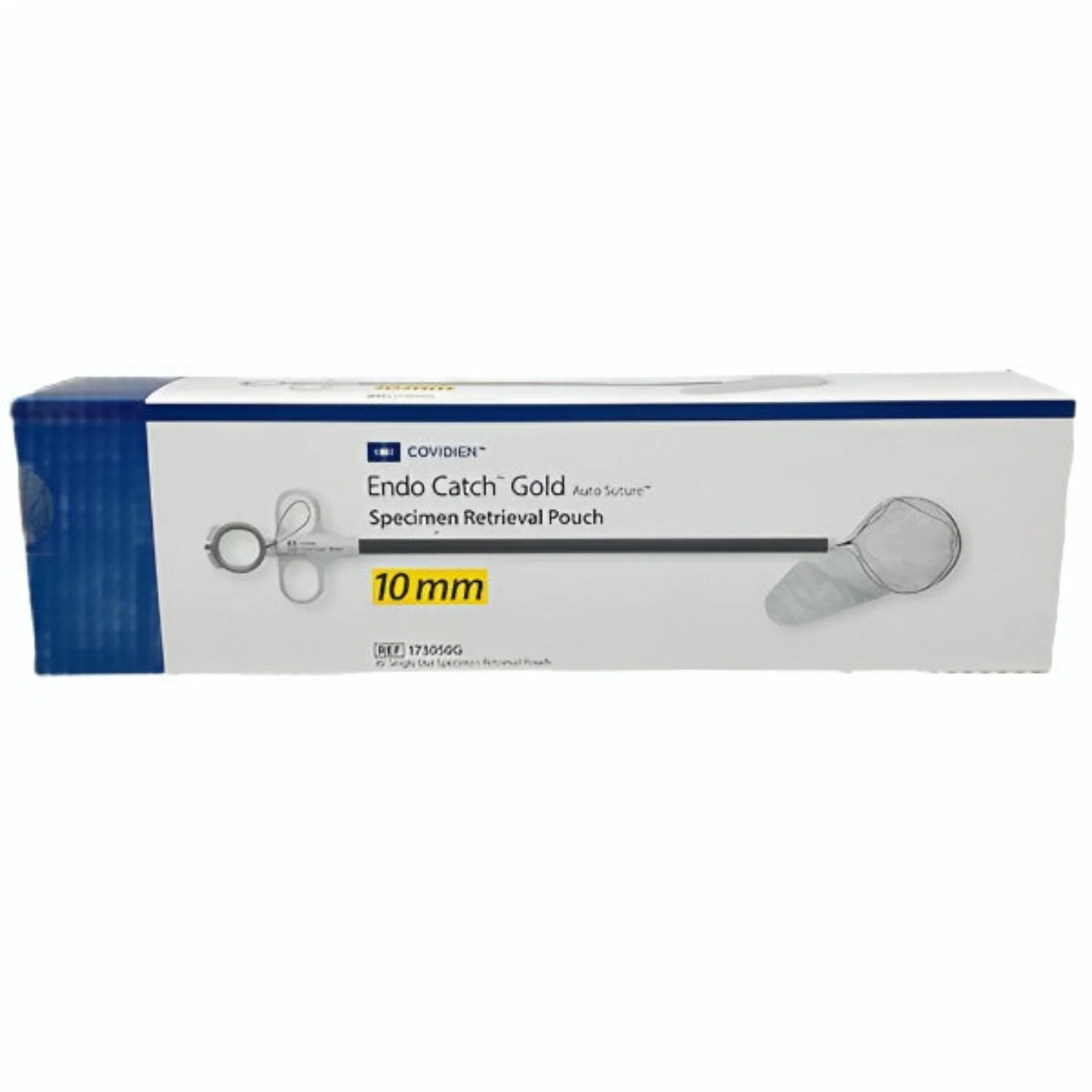
A specimen bag is a specialized, sealable pouch engineered to safeguard clinical and laboratory samples—blood, tissue, swabs, or body fluids—through every step of specimen transport. By isolating the sample from external contaminants and preventing leaks, these bags preserve sample integrity and protect healthcare workers from exposure.
Most specimen bags feature a bold biohazard symbol to alert handlers of potential infectious risk. Inside, an absorbent pad captures accidental spills, while preprinted labels and a clear document pouch keep patient identifiers, test requisitions, and accompanying paperwork together. This organization ensures chain-of-custody compliance and minimizes the chance of misidentification or lost documentation.
Beyond basic containment, advanced designs include:
-
Tamper-evident seals for forensic or high-security applications
-
Zipper seals for controlled, repeated access during multi-step protocols
-
Multi-pocket configurations (two- or three-pocket) to separate specimens from paperwork and accessories
From emergency departments to reference laboratories, the right specimen bag streamlines workflows, maintains biosafety standards, and guarantees that every sample arrives at its destination intact and correctly labeled.
Purpose and Uses of Specimen Bags
In any healthcare facility, specimen bags are indispensable for maintaining safety, accuracy, and efficiency throughout the specimen transport process. These rugged pouches ensure that clinical samples reach the laboratory intact, fully documented, and free from contamination.
-
Containment: A leak-proof seal and durable polymer construction prevent spills of potentially infectious fluids, minimizing the risk of cross-contamination in hallways, elevators, and couriers’ vehicles.
-
Identification: The built-in document pouch and preprinted labels secure patient demographics, collection time, and test orders alongside the sample. This streamlined labeling avoids mix-ups and supports accurate recordkeeping.
-
Safety: Bold biohazard symbol warnings on the exterior flag hazardous contents, instantly alerting healthcare workers and transport staff to don appropriate personal protective equipment.
-
Repeated Access: Resealable zipper-seal specimen bags or tamper-evident versions permit safe intermediate access for additional aliquots or confirmatory tests without compromising sterility.
-
Additionally: some multi-pocket designs offer separate compartments for specimens, paperwork, and even small accessories like swabs or vials. Incorporating an absorbent pad captures residual moisture, ensuring that even if a vial breaks, the liquid is confined to the pad and away from the bag’s opening. Altogether, specimen bags deliver safe transportation, rigorous chain-of-custody maintenance, and flexible handling—critical benefits in fast-paced clinical environments.
Types of Specimen Bags
1. Biohazard Specimen Bags
Equipped with a prominent biohazard symbol, these biohazard specimen bags are constructed from puncture-resistant plastic. They include:
-
Leak-proof seals
-
Absorbent pad to capture spills
-
Pre printed labels for specimen details
2. Zipper Seal Specimen Bags
Featuring a robust zip closure, these reusable bags allow repeated access for multi-step procedures. Ideal for:
-
Clinical trials needing multiple samples
-
Field collection where resealing is critical
3. Tamper-Evident Specimen Bags
Designed with a tear-away seal, these bags guarantee chain-of-custody by visibly indicating any unauthorized opening. They often include:
-
Sequential numbering
-
Adhesive flaps that show “VOID UPON BREACH”
4. Two-Pocket or Three-Pocket Specimen Bags
These multi-compartment designs separate the following:
-
Actual specimen in one pouch
-
Document pouch for label and accompanying paperwork
-
Optional third pocket for additional tests or chain-of-custody forms
How to Safely Handle Biohazard Specimen Bags
-
Wear appropriate PPE (gloves, gown, mask).
-
Inspect bag integrity; ensure biohazard symbols and labels are visible.
-
Place absorbent pad inside before sample insertion.
-
Seal zip or adhesive flap fully to ensure leak-proof closure.
-
Document collection time and handler initials on the pre printed labels.
-
Transport immediately in a certified specimen transport bag or secondary container.
Key Features to Look For
When choosing specimen bags, focus on these essential attributes to ensure safety, compliance, and efficiency:
-
Material Strength: Opt for puncture- and tear-resistant polymers that withstand rough handling, sharp instruments, and extreme temperatures.
-
Seal Reliability: Select bags with robust zipper seals or tamper-evident closures to prevent leaks and guarantee chain-of-custody integrity.
-
Labeling Accuracy: Ensure preprinted fields accommodate patient ID, collection date/time, and collector initials, reducing errors and administrative delays.
-
Absorbent Pad Capacity: Look for integrated pads rated to absorb at least 5 mL of fluid to control spills and maintain a dry exterior.
-
Biohazard Symbol Compliance: Verify that bags display the standardized biohazard symbol in accordance with OSHA and ANSI guidelines for quick visual identification of hazards.
-
Document Pouch Size: Choose multi-pocket designs with a clear document pouch large enough for multiple forms—requisition sheets, consent forms, and chain-of-custody logs—so paperwork stays with the specimen at all times.
By prioritizing these features, you can equip your healthcare facility with specimen bags that not only protect samples but also enhance workflow accuracy and safety.
Conclusion
Selecting the proper specimen bag is a small decision with significant impact: it streamlines specimen transport, safeguards laboratory and clinical personnel, and upholds sample integrity from collection through analysis. Whether you choose heavy-duty biohazard specimen bags with built-in absorbent pads, resealable zipper models for repeated access, or multi-pocket designs that keep specimens and accompanying paperwork organized, each type addresses specific workflow needs.
At Xs-Supply.com, we offer a full range of certified medical supplies, including specimen bags, specimen transport bags, and biohazard bags, backed by quality assurance and regulatory compliance. Stock your facility with trusted surgical products that ensure every specimen arrives at its destination intact, accurately labeled, and ready for testing—because when it comes to patient care, there’s no room for compromise.

